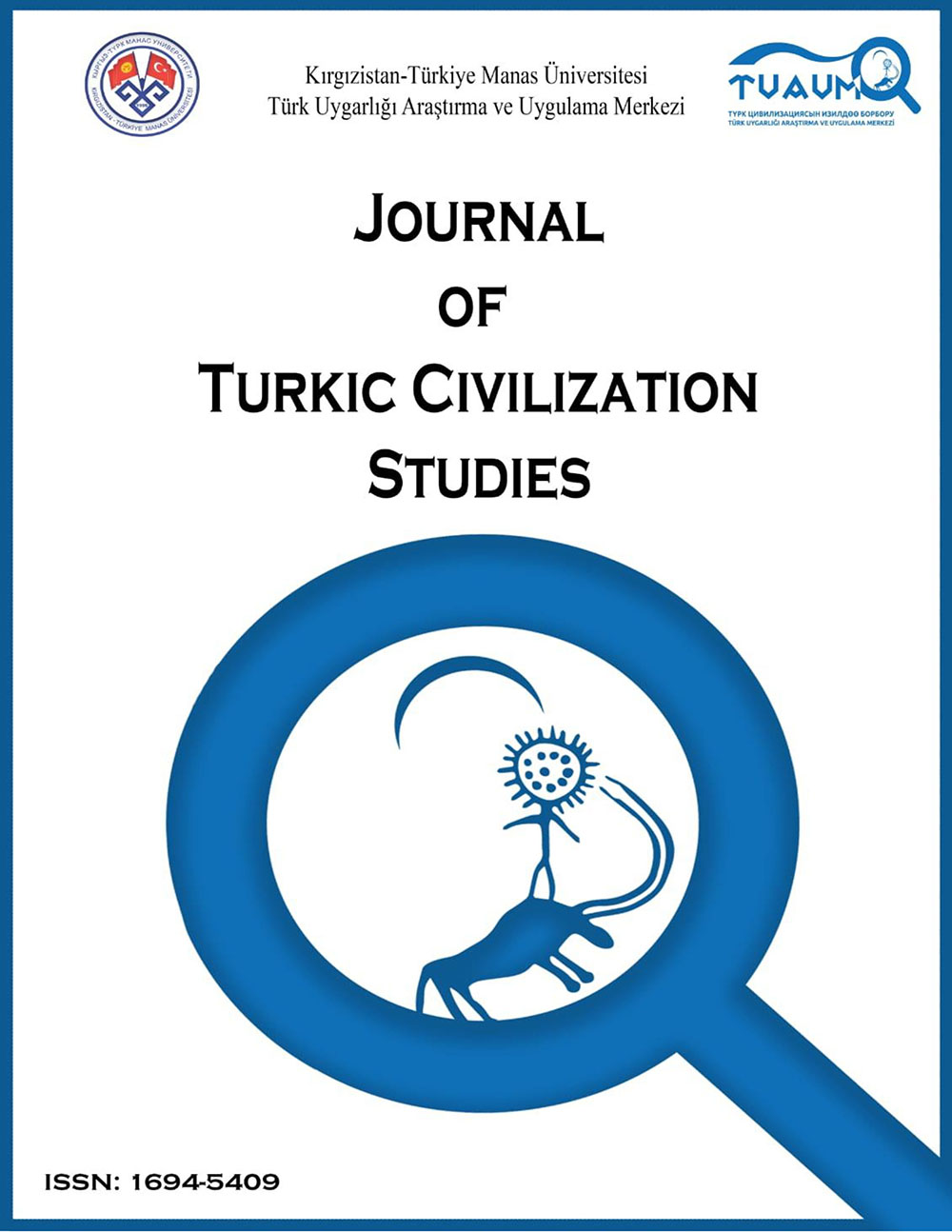TURKMEN MATERIAL CULTURE: PROBLEMS OF INTERPRETATION FOR CARPET STUDIES
Ключевые слова:
PROBLEMS OF INTERPRETATION FOR CARPET STUDIESАннотация
Much literature about Turkmen rugs, at least that of previous decades, deals
almost exclusively with the woven products of these people and makes only
passing reference to other aspects of their material culture. While there may be
occasional references to ethnographic information, even carpet and textile scholars
who have visited Central Asia usually have little to say about the way people actually live, leaving undisturbed the romantic notions that have grown up around the
weavers of Central Asian carpets. There is a growing understanding that the life of
a nomad is quite unlike the modern Western mythology (Eiland Jr. 1990, 116-117).
Coming to grips with ethnographic information from the field is never
straightforward. On the one hand there are differences of language to be overcome,
which in many ways is the least taxing. On the other, there is the ever-present
question of the issues that will be addressed, which will directly influence the kinds
of questions one will pose. This is where most of the difficulty lies. When
approaching another culture, the issues that are important to an observer may not
be significant to the studied culture. Some of the questions one may pose may be so
basic that informants may not have thought significantly about the subject. If the
roles were reversed, some of the difficulty may be explained, but at the same time,
one has to be acutely aware that this is not the case, and the informants may be
totally unfamiliar with a scientific viewpoint while the researcher may be only
dimly aware of the cultural context of the subject.


